Do phoneme awareness, phonological awareness, and phonics mean the same thing? Can the terms phonemic awareness vs phonological awareness be used interchangeably?
Let’s demystify these terms!
Although each word starts with phon, they do not mean the same thing.
The Greek root phon means sound. So phonemic awareness, phonological awareness and phonics are related terms, but not identical.
What is Phonological Awareness?
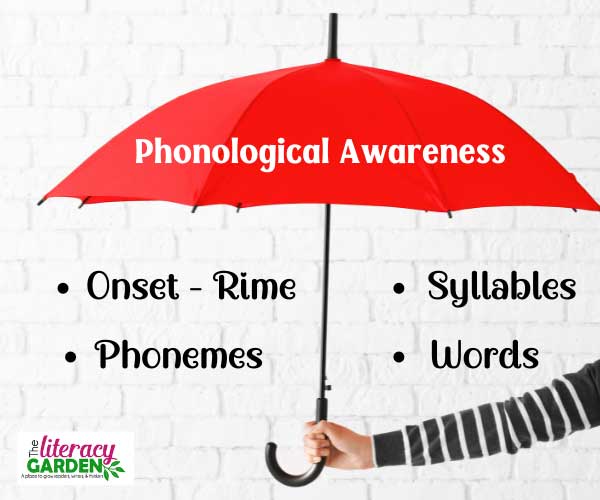
Phonological Awareness is a broad term that involves orally identifying and manipulating sounds. This skill is done without looking at a text. Some people say you can do these activities in the dark. That’s because everything is done through speaking and listening.
There are developmental levels of understanding of phonological awareness.
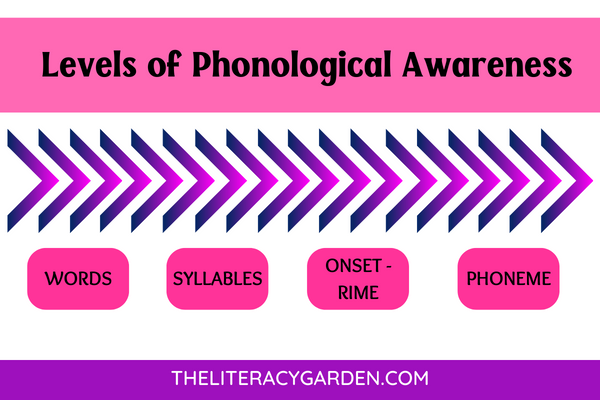
Examples of Phonological Awareness at the Word Level
Activities for phonological awareness at the word level include blending or segmenting words. Let me explain.
BLENDING WORDS – means putting two words together. We call these compound words. You would say to your students:
Teacher: “I’m going to say two words. When I clap my hands, I want you to put those two words together. Ready? foot + ball”. [clap]
Students: “football”
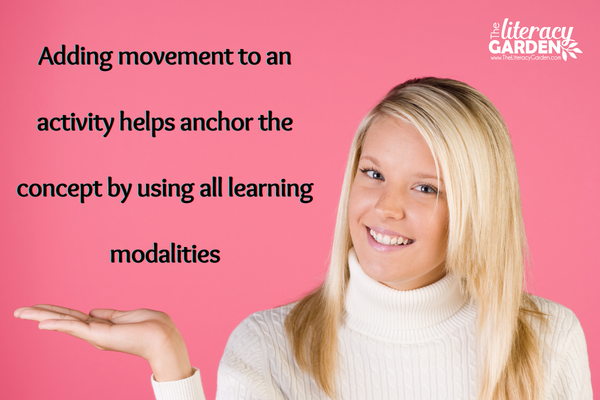
SEGMENTING WORDS – means pulling a word apart. For example:
Teacher: I’m going to say a word. [hold your palms together]. When I open my hands, tell me the two parts. sunshine” [turn left palm up]
Students: sun
Teacher: [ turn right palm up]
Students: shine
RHYMING WORDS – Another way to practice phonological awareness is to say rhyming words. This is a great warm-up activity that can also be used while waiting in line, or a quick sponge activity.
You simply ask, “Tell me a word that rhymes with ______.” You could challenge the students further by going around the circle with as many different answers as possible.
Examples of Phonological Awareness at the Syllable Level
Moving across the phonological processes chart, the next level involves identifying and manipulating the syllables of a word. Remember, this is all done through speaking and listening.
BLENDING SYLLABLES – means putting two syllables together.
You would say to your students:
Teacher: “I’m going to say two parts of a word. When I clap my hands, I want you to put those two parts together. Ready? cam + el”. [clap]
Students: “camel”
SEGMENTING SYLLABLES – means pulling a word apart.
Teacher: I’m going to say a word. [hold your palms together]. When I open my hands, tell me the two parts. The word is window” [turn left palm up]
Students: win
Teacher: [ turn right palm up]
Students: dow
Examples of Phonological Awareness at the Onset – Rime Level
So you might be wondering what is an onset? Also, did I misspell rhyme? Let me explain.
An onset is all the sounds before the vowel. The rime is the vowel plus everything that comes after it. Take a look at these words.

An activity at this level would include blending the two parts together or segmenting a word into the two parts.
What is Phonemic Awareness?
Phonemic Awareness is the ability to hear, identify, and manipulate individual sounds within a word is the most difficult skill. It is also a foundational skill that allows readers to figure out words they haven’t memorized.
Before we jump into some activities, let’s talk about what a phoneme is. As you know, the English language has 26 letters. We call it the alphabet. However, those individual letters can be combined to represent 44 different sounds. For example /sh/ as in wish.

Phonemes are the smallest units of sound in a spoken word. A phoneme can be represented by more than one letter. For example, in the word eight, there are two phonemes. Long /a/ phoneme (sound) is spelled with eigh. The second phoneme is the /t/.
So, phonemic awareness is the ability to hear, identify, and manipulate individual sound structures (phonemes).
Activities For Phonemic Awareness
Teacher: “I’m going to say four sounds. When I am done, I want you to put those sounds
together and tell me what word I just made. /m/ /i/ /n/ /t/ . What’s my word?”
Student: “mint”
What’s the Definition For Phonics?
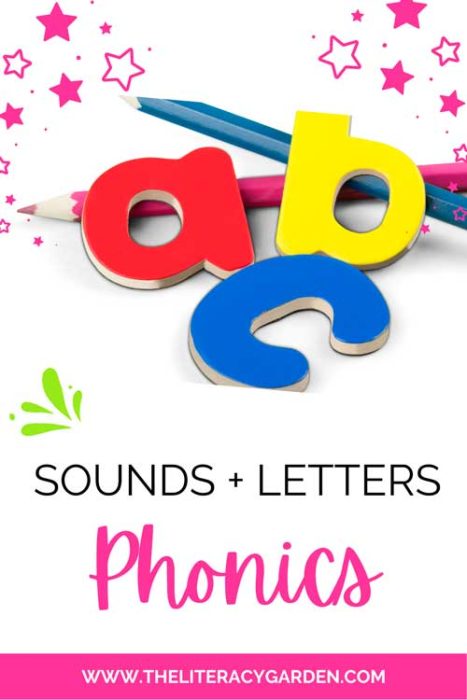
Phonics is defined as a method of teaching letter-sound relationships. In other words, once you introduce visual letters to the activity, it becomes phonics.
Here’s the difference. If you ask a student to say the first sound in the word sit, that is phonemic awareness. If the student is asked what letter makes the /s/ sound, that’s phonics!
Here are more resources you might be interested in. Click the image to learn more.
I hope you found this article helpful. If you have questions, please drop them in the comments.
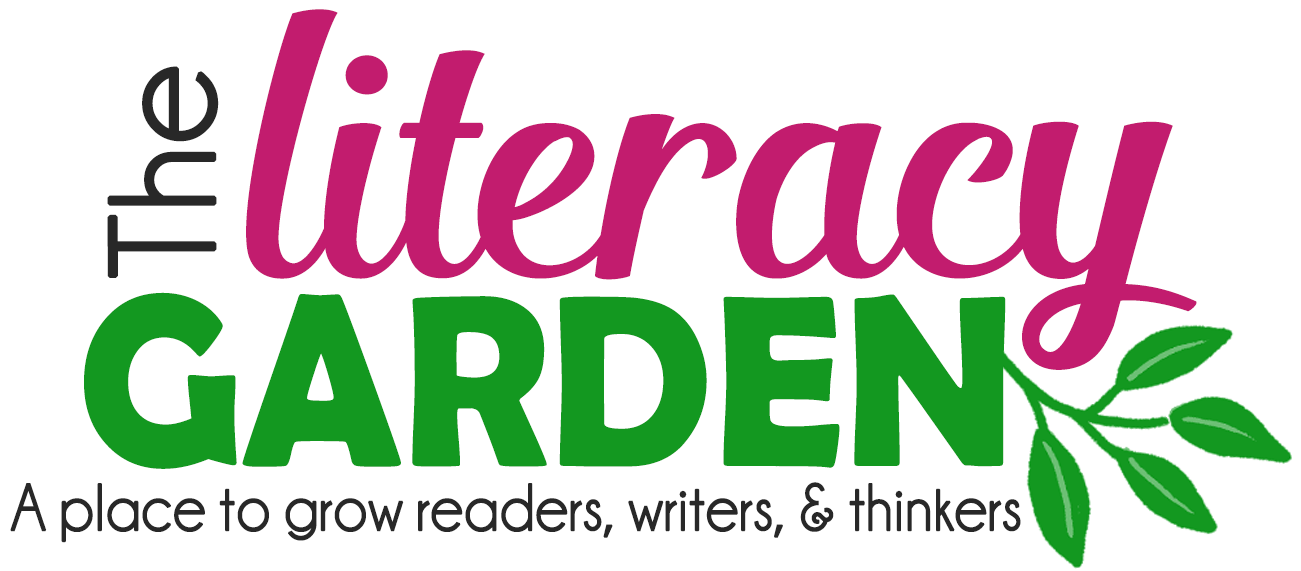

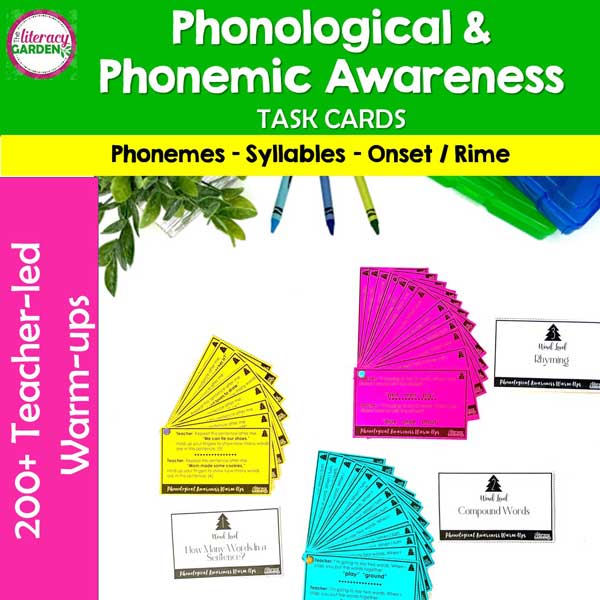
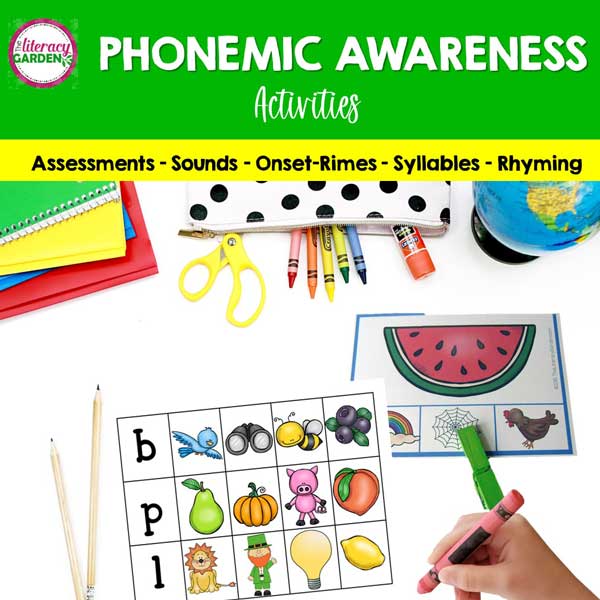



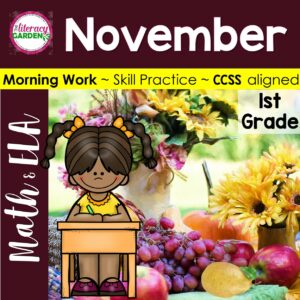



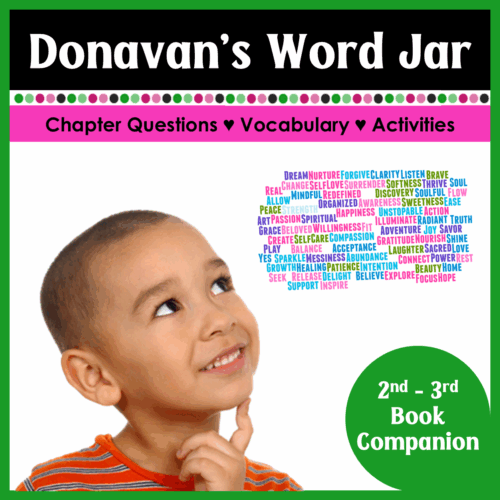

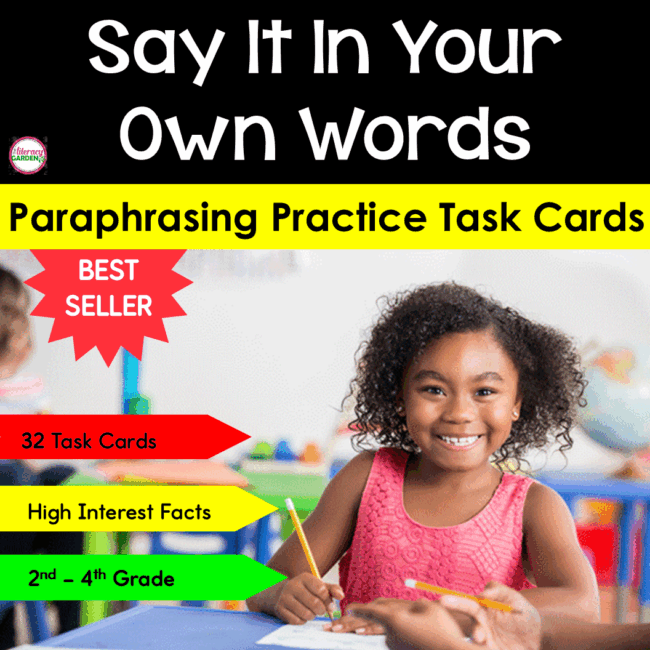
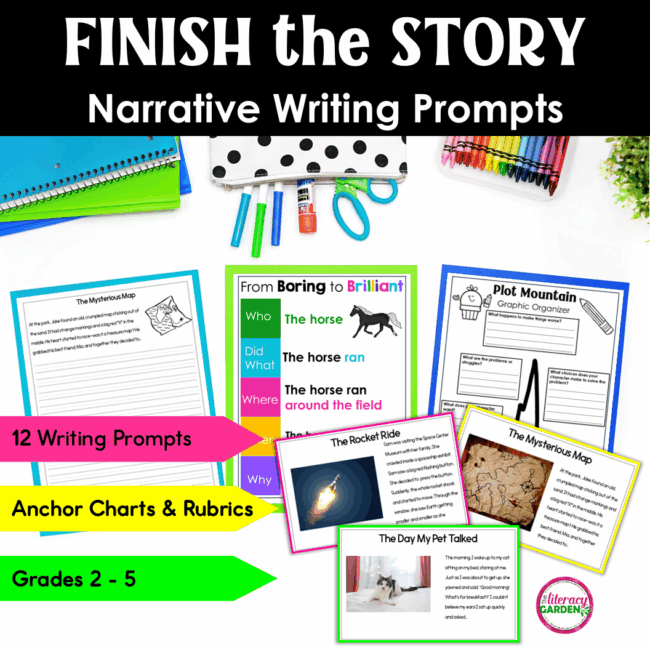
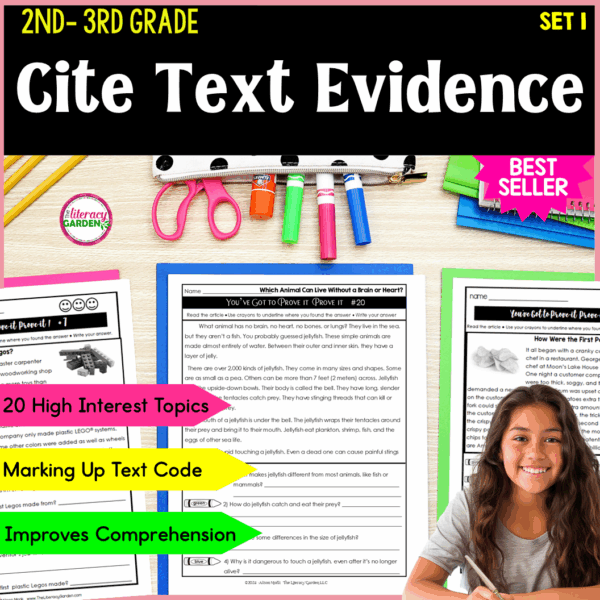
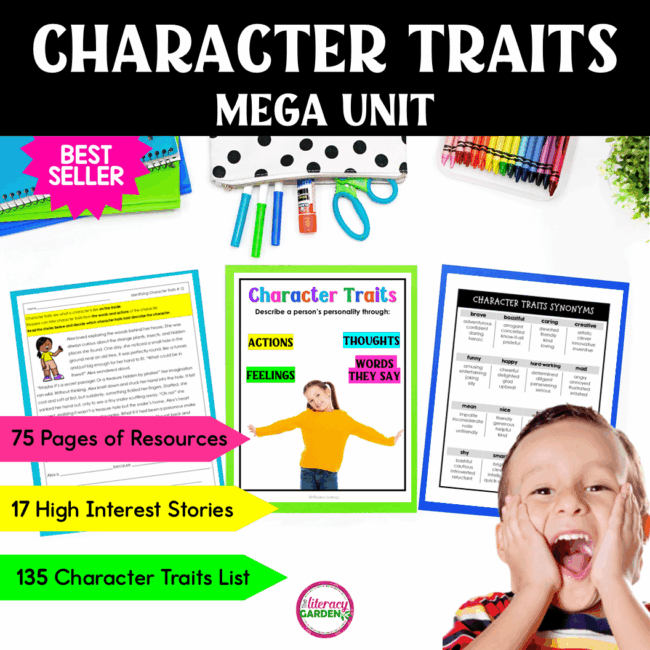

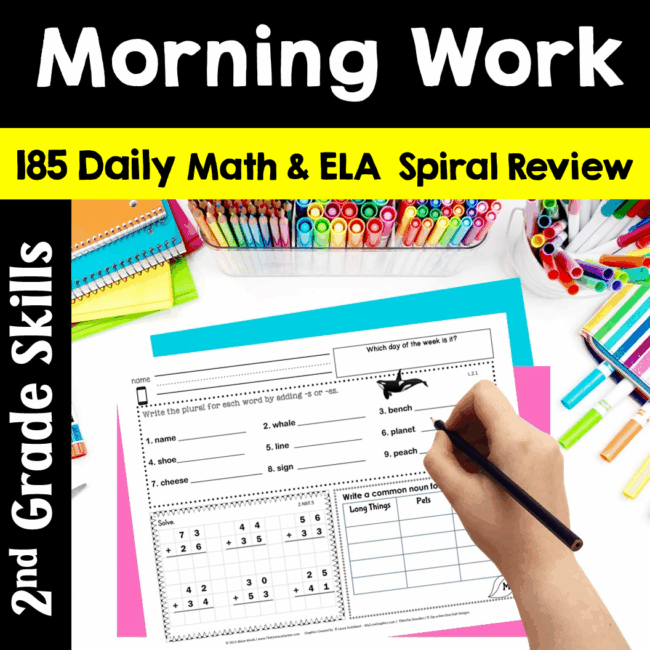


No Comments